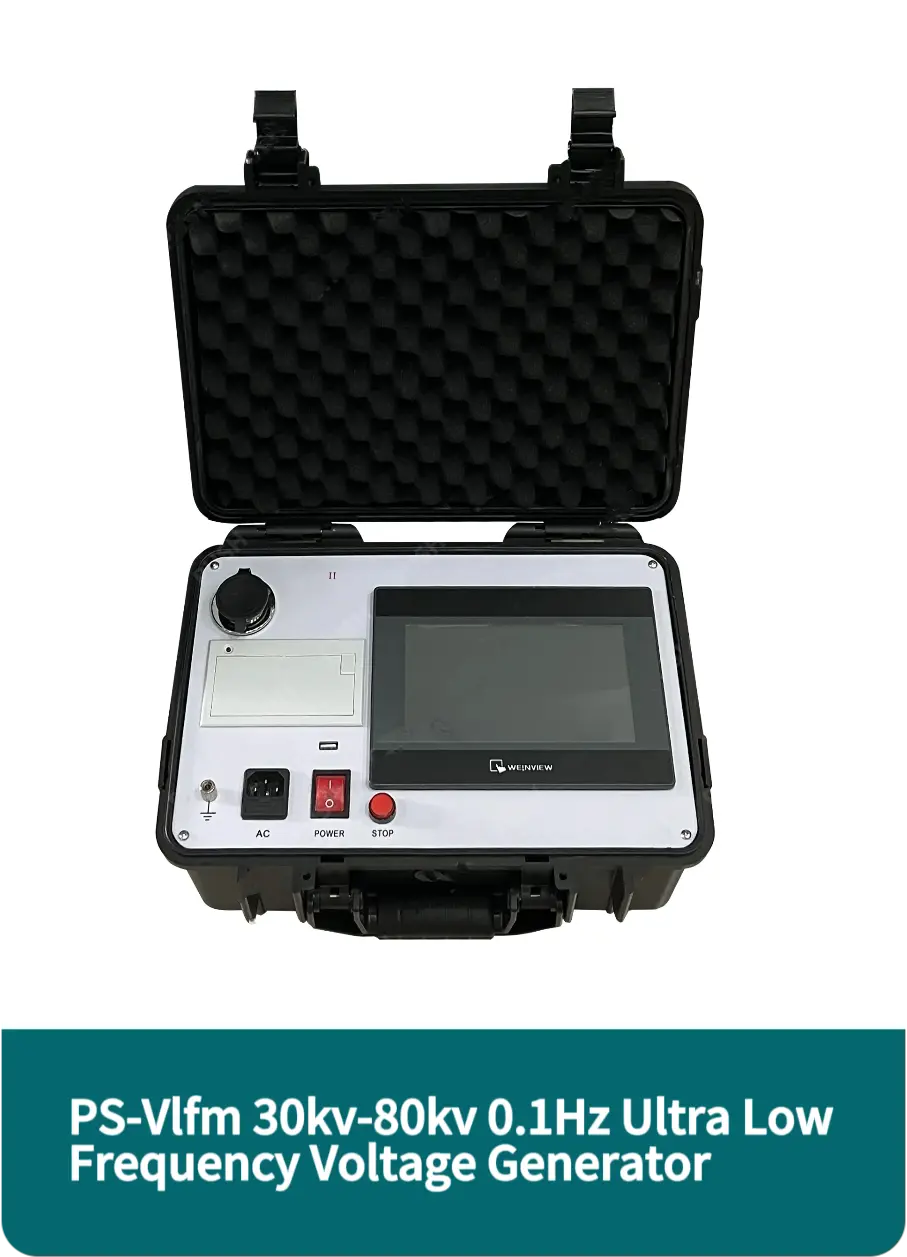 English
English


Flammable Liquid Ignition and Flash Point Testing Equipment
Understanding Flash and Fire Point Testing Importance and Applications
In the realm of material safety and the handling of flammable substances, the assessment of flash points and fire points is of paramount importance. The flash point is the lowest temperature at which a liquid can vaporize to form an ignitable mixture in the air, while the fire point is the temperature at which the vapor continues to burn after being ignited. Both measurements are critical for ensuring safe handling, storage, and transportation of various substances, particularly in industries such as petrochemicals, paints, and coatings, among others.
The Importance of Flash and Fire Point Testing
The significance of flash and fire point testing cannot be overstated. It provides essential data that helps manufacturers comply with safety regulations and standards, thereby protecting workers, the environment, and consumers. These testing processes can help prevent catastrophic fires and explosions that may arise from improper storage or handling of flammable liquids.
Moreover, understanding a substance’s flash and fire points aids in risk assessment and emergency planning. Businesses can identify potential hazards and implement appropriate measures to mitigate risks. This dynamic contributes to a safer working environment, thereby enhancing overall operational efficiency and integrity.
Testing Methods A Closer Look
To accurately determine the flash and fire points of a substance, various testing methods are employed
. The two primary methods are the closed cup test and the open cup test.1. Closed Cup Test In this method, the sample is placed in a sealed container. A small amount of air above the liquid is heated, and an ignition source is introduced. The temperature at which a detectable flash occurs is recorded as the flash point, while the fire point is noted if the fire continues to burn for a specified time. This method is preferred for solvents and fuels, as it provides a more controlled and safer environment for testing.
2. Open Cup Test In contrast to the closed cup test, this method involves placing the liquid in an open container. The air above the liquid is heated, and an ignition source is introduced as well. The flash point and fire point are established based on the observable behavior of the vapor. While this method may be less safe than the closed cup test, it can sometimes provide more relevant information for certain materials.
flash and fire point tester

Both methods have their advantages and are chosen based on the specific characteristics of the substance being tested. It's crucial for laboratories and manufacturers to follow standardized procedures to ensure the accuracy and reliability of test results.
Applications Across Industries
Flash and fire point testing finds its application in various industries. In the oil and gas sector, for instance, it determines how crude oils and refined products can be safely transported and stored. In the manufacturing of paints and coatings, knowing the flash points helps in formulating safer products and ensuring compliance with safety regulations.
Moreover, in the food industry, particularly with oils and fats, understanding these points is vital for processing and storage, while in the automotive sector, lubricants and fuel formulations are also assessed to maximize safety.
In addition to industrial applications, flash and fire point testing is relevant to regulatory bodies and agencies responsible for public safety. These organizations set the guidelines that dictate how substances must be handled, and accurate testing is essential to develop and enforce these laws effectively.
Conclusion
In conclusion, flash and fire point testing is a vital component of material safety management across various domains. By determining the temperatures at which substances can ignite, organizations can implement safety measures to protect their workforce and the environment. Adopting reliable testing methods ensures compliance with regulations and bolsters public trust in products and processes.
As industries continue to evolve and develop new materials, the need for accurate flash and fire point testing will only grow. Emphasizing this concern not only promotes safety but also fosters innovation in material science, ensuring that advancements are made with a focus on responsible handling and usage. The commitment to thorough testing will ultimately contribute to a safer world where flammable substances are managed effectively and securely.
-
Differences between open cup flash point tester and closed cup flash point testerNewsOct.31,2024
-
The Reliable Load Tap ChangerNewsOct.23,2024
-
The Essential Guide to Hipot TestersNewsOct.23,2024
-
The Digital Insulation TesterNewsOct.23,2024
-
The Best Earth Loop Impedance Tester for SaleNewsOct.23,2024
-
Tan Delta Tester--The Essential Tool for Electrical Insulation TestingNewsOct.23,2024





